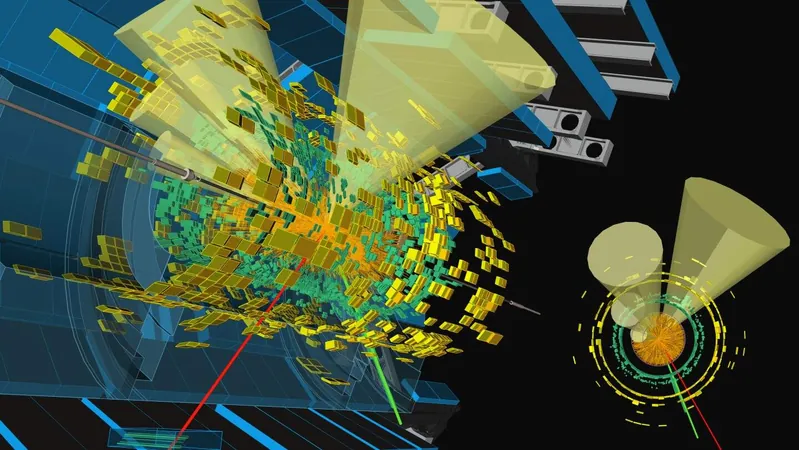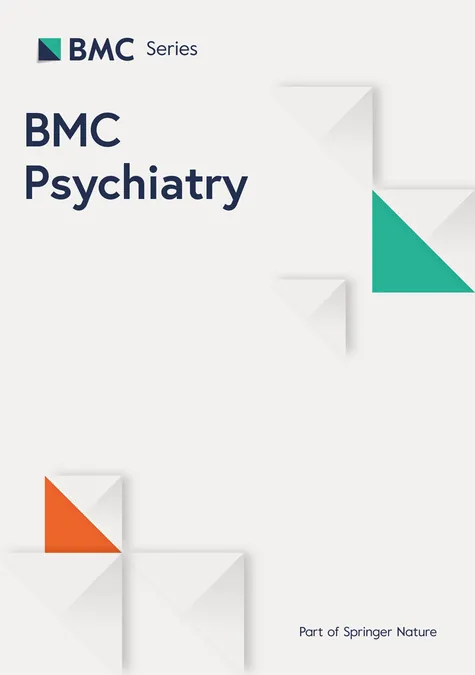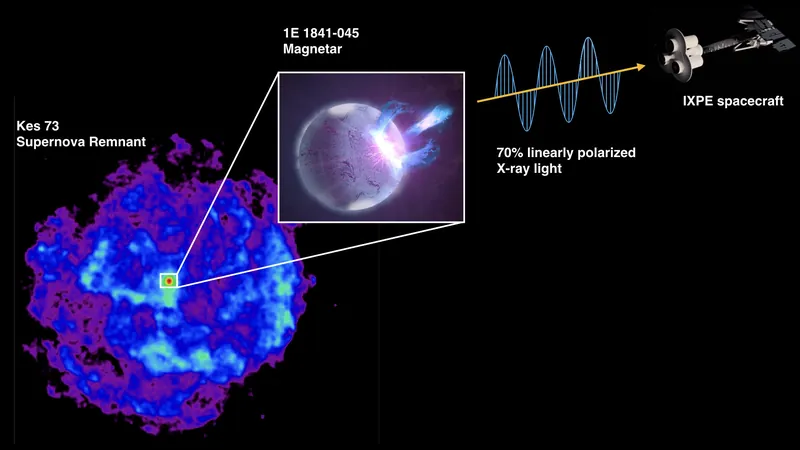
Unlocking the Secrets of the Early Universe: ATLAS Detects Top Quark Pairs!
2025-04-22
Author: Arjun
A Groundbreaking Discovery at the LHC
In an exciting development, physicists from the ATLAS experiment at the Large Hadron Collider (LHC) have successfully produced top quark-antiquark pairs through heavy ion collisions. This marks a significant milestone in our understanding of the quark-gluon plasma, a state of matter believed to have existed mere microseconds after the Big Bang.
Quark-Gluon Plasma: A Glimpse into the Past
CERN's LHC recreates the conditions of the early universe, generating a hot and dense concoction of subatomic particles known as quark-gluon plasma. Anthony Badea, a postdoctoral researcher at the University of Chicago and lead author of the study, states, "Heavy-ion collisions at the LHC allow us to explore the very fabric of the universe's infancy while providing insights into quantum chromodynamics (QCD), the theory governing quark and gluon interactions."
Studying the Elusive Top Quark
The top quark, recognized as the heaviest known elementary particle, decays quickly, making it a prime target for studying the properties of the quark-gluon plasma. Although this plasma rapidly dissipates within a fraction of a second, researchers can analyze the decay patterns of top quarks to gain insights into its structure. Stefano Forte, a physicist from the University of Milan, emphasizes the need to establish how many top quarks are produced to delve deeper into the quark-gluon plasma's mysteries.
First Observations of Top Quarks in Heavy-Ion Collisions
The ATLAS team sifted through collision data from lead-lead interactions, identifying events where top quark pairs were created. They zeroed in on a specific decay mode known as the di-lepton channel, where each top quark decays into a bottom quark and a W boson—leading to detectable leptons. Their findings not only confirmed the production of top quarks in this intricate environment but also aligned with theoretical predictions based on our understanding of the strong nuclear force.
A New Era of Exploration in Particle Physics
Juan Rojo, a theoretical physicist from the Free University of Amsterdam, hailed this research as groundbreaking. "We have long studied top quarks in simpler proton-proton collisions, but this is the first instance of observing them in the much more complex setting of lead-lead collisions." This discovery opens exciting opportunities to investigate the complex structures of the quark-gluon plasma.
Looking Ahead: Expanding Our Knowledge
As researchers gather more data from upcoming LHC high-luminosity runs, they expect to unravel even more fascinating details about quark interactions. These future studies aim to refine our models and may even expose new properties of the quark-gluon plasma.
Rojo optimistically mentions, "With richer data sets, we can analyze finer details, potentially revealing the time structure of the quark-gluon plasma. The future holds thrilling prospects!" Badea adds that their newfound understanding of top quark processes in proton collisions paves the way for deeper explorations in particle physics.




 Brasil (PT)
Brasil (PT)
 Canada (EN)
Canada (EN)
 Chile (ES)
Chile (ES)
 Česko (CS)
Česko (CS)
 대한민국 (KO)
대한민국 (KO)
 España (ES)
España (ES)
 France (FR)
France (FR)
 Hong Kong (EN)
Hong Kong (EN)
 Italia (IT)
Italia (IT)
 日本 (JA)
日本 (JA)
 Magyarország (HU)
Magyarország (HU)
 Norge (NO)
Norge (NO)
 Polska (PL)
Polska (PL)
 Schweiz (DE)
Schweiz (DE)
 Singapore (EN)
Singapore (EN)
 Sverige (SV)
Sverige (SV)
 Suomi (FI)
Suomi (FI)
 Türkiye (TR)
Türkiye (TR)
 الإمارات العربية المتحدة (AR)
الإمارات العربية المتحدة (AR)